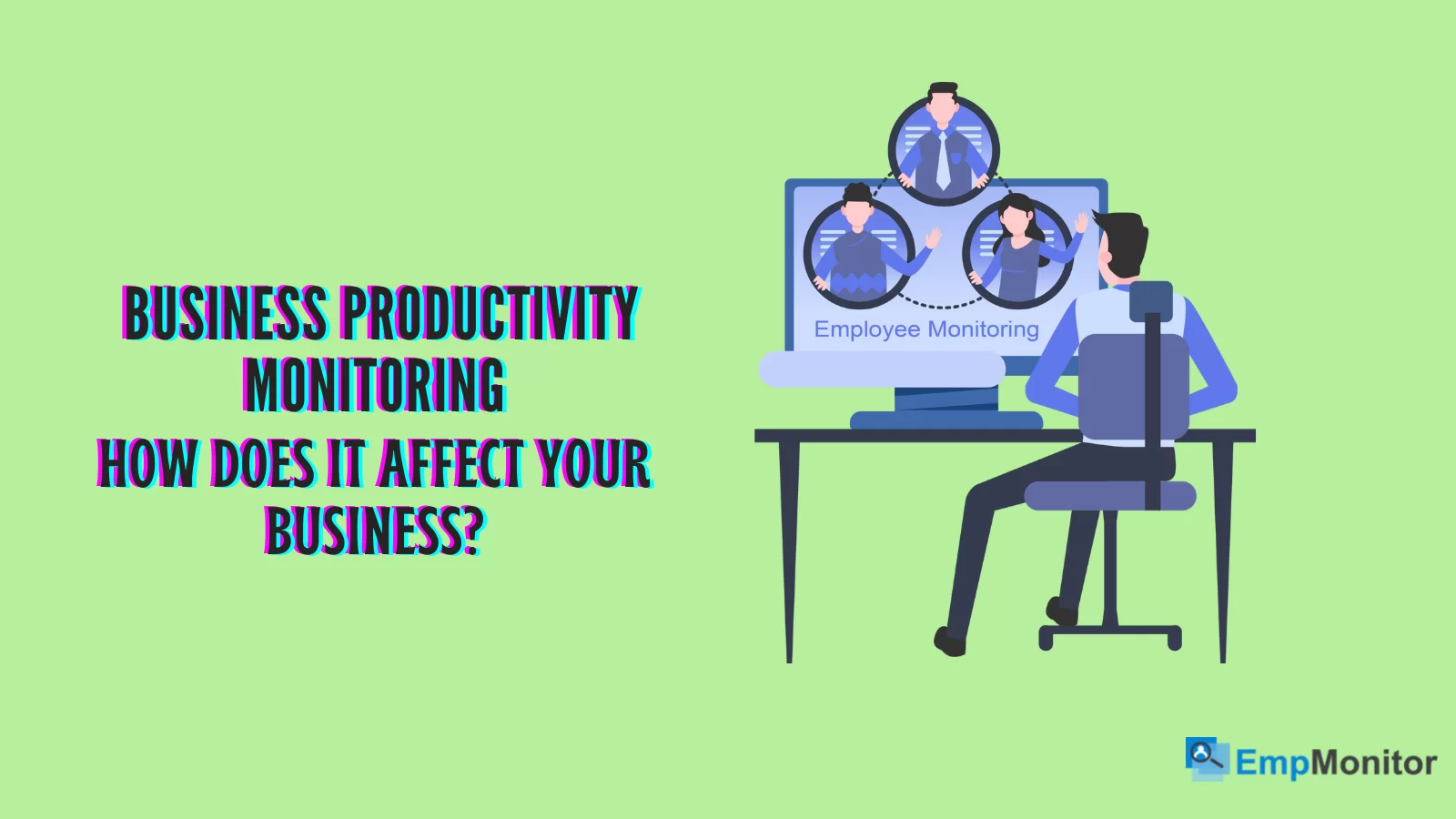Screen monitoring has become an integral part of workplace management, especially with the rise of remote and hybrid work setups. While many organizations rely on screen capture tools to track productivity, is this approach truly beneficial for long-term success?
Exploring screenshot-based monitoring methods
Screen capture employee monitoring is widely used by businesses to maintain control over performance standards. Here are the main features these tools offer:
- Capturing employee activity through screenshots
Tools take periodic screenshots during work hours, creating a visual record of employee actions. Managers use these to monitor task progress, workflows, and adherence to company policies.
- Documenting full screen sessions
This feature records complete work sessions, allowing managers to review all activities performed on company devices in detail.
- Monitoring screens in real-time
Real-time screen monitoring gives managers immediate insights into employee activities, enabling them to provide instant feedback and resolve issues promptly.
Although such tools appear advantageous, their invasive nature can undermine productivity and employee morale in the long run.
Does screen monitoring really work?
While screen capture monitoring delivers benefits like real-time tracking and risk identification, its downsides can significantly impact workplace dynamics:
- Privacy concerns. Frequent screenshots can create discomfort among employees, making them feel their privacy is being infringed upon.
- Trust erosion. Employees often view invasive monitoring as a lack of trust, which can lead to disengagement and dissatisfaction.
- Contextual gaps. Screenshots provide limited insight into employee activities, making it difficult to assess overall performance accurately.
- Time-draining for managers. Reviewing extensive collections of screenshots adds extra workload for management teams.
WorkTime’s innovative approach: Ethical productivity monitoring
WorkTime offers a non-invasive alternative to traditional screen monitoring, focusing on activity tracking without using intrusive screenshot tools. This approach delivers actionable insights while respecting employee privacy.
Key advantages of non-invasive monitoring
- Privacy-first approach. Non-invasive solutions focus on collecting activity data rather than capturing screen content, protecting employee privacy while giving managers meaningful metrics.
- Enhanced productivity. Free from intrusive monitoring, employees feel trusted and motivated, fostering a more positive work environment. WorkTime has seen productivity gains of up to 40% with this method.
- Clear, actionable insights. Non-invasive tools deliver essential data like app usage, active hours, and attendance, without the clutter of unnecessary visuals.
Conclusion
Screen monitoring can support workplace productivity and compliance, but overuse of invasive methods may harm employee trust and satisfaction. WorkTime’s non-invasive productivity monitoring strikes a balance, delivering meaningful results while preserving employee privacy and morale.







Leave a Reply